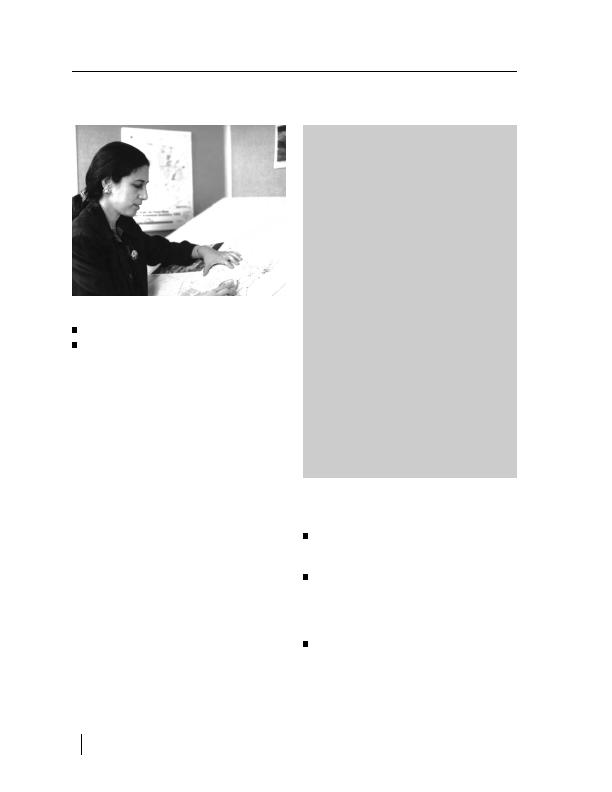
In fiscal year 2001, ATSDR
followed up on 89% (1,363 of
1,523) of site characterization
and cease/reduce exposure
recommendations made in the
previous year's public health
assessments and health
consultations. Of these
recommendations, 11% (146 of
GIS work
1,363) were "obviated" (that
Maps of residential buildings
is, made nonapplicable after
Building footprint maps and areal photo over-
subsequent actions or health
lays for the sampling teams
consultations/assessments were
Emergency Operations
conducted). Of the "unobviated"
In addition, the agency provided staff to
recommendations followed up,
the Emergency Operations Center/Centers for
Disease Control and Prevention (EOC/CDC)
74% were adopted, with 21% still
as it began 24-hour operations. Additionally,
pending adoption and 5% not
ATSDR operated its own EOC for extended
adopted.
hours to support the response of public health
and environmental officials.
ATSDR's emergency response coordinators
ATSDR's response also included the following
worked with their counterparts from the
activities:
National Institute for Occupational Safety and
Health (NIOSH) of CDC to provide initial
recommending protective measures for the
recommendations for the health and safety of
general public trapped in the plume caused
rescue workers as these operations developed
by the collapse;
in New York City and Washington, D.C. The
assisting in drafting fact sheets requested by
coordinators reviewed and commented on data
the White House on the possible health haz-
ards posed by asbestos and the dust and
Center attacks and analyzed the potential health
debris from the World Trade Center's burning
and collapse;
the World Trade Center collapse and provided
assisting in developing a charter for an
initial hazard analysis.
interagency workgroup on environmental
assessment;
28 chapter 1


 Previous Page
Previous Page
